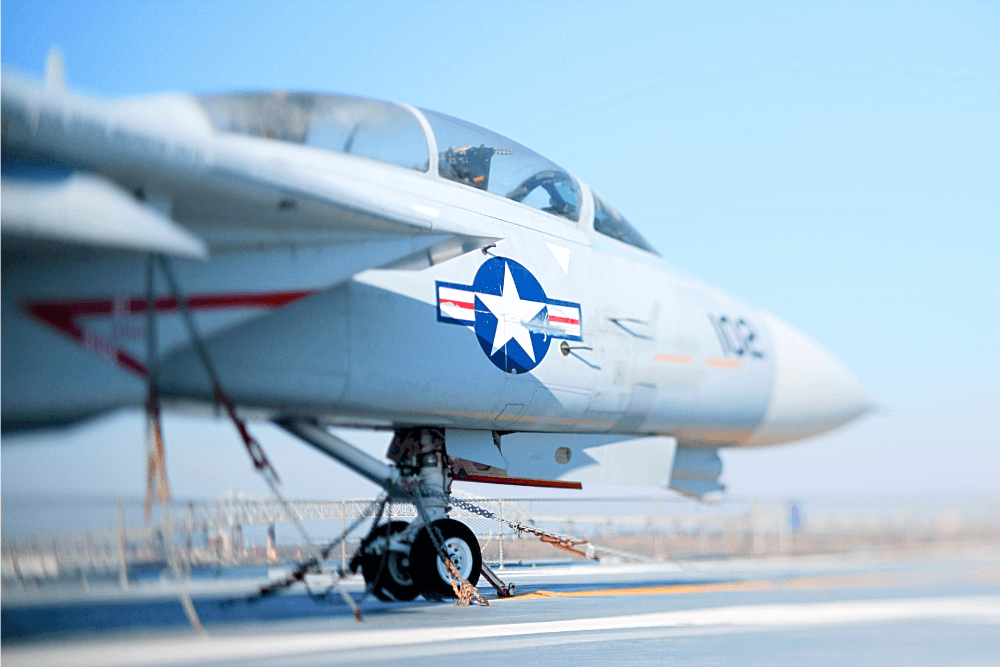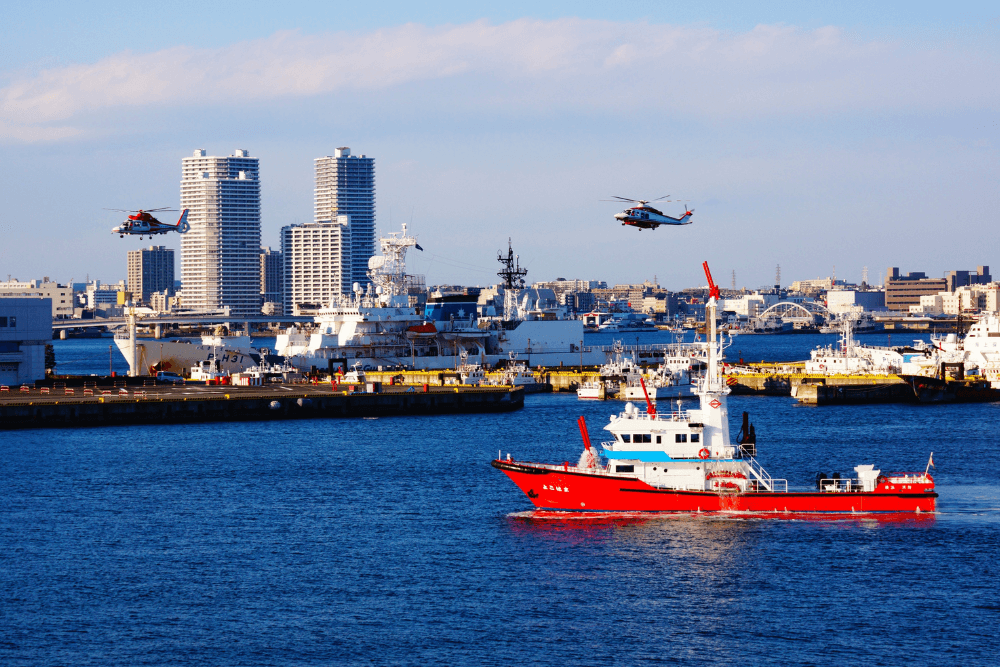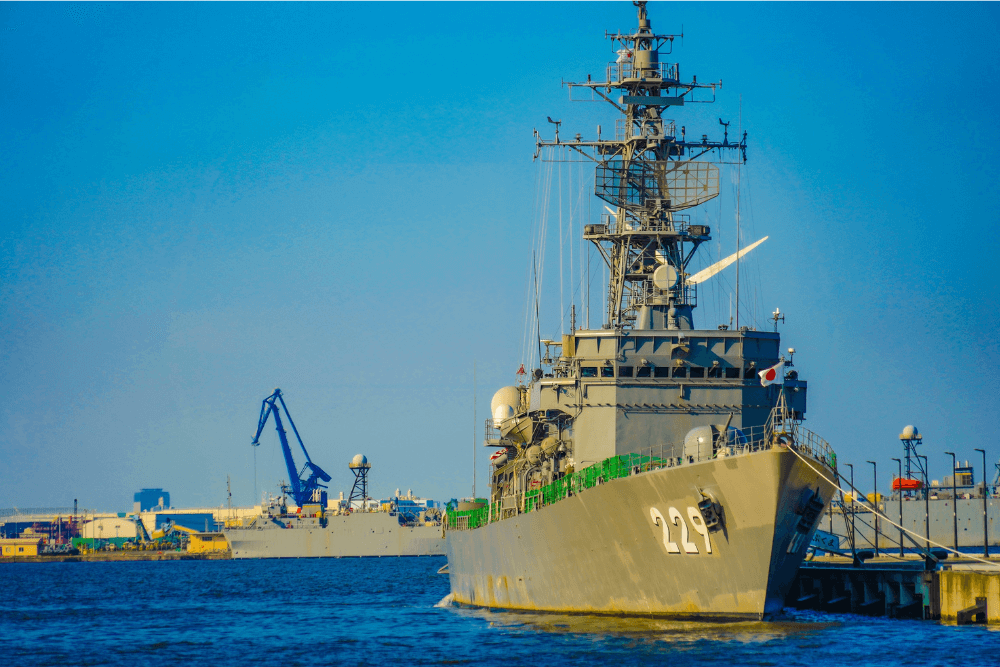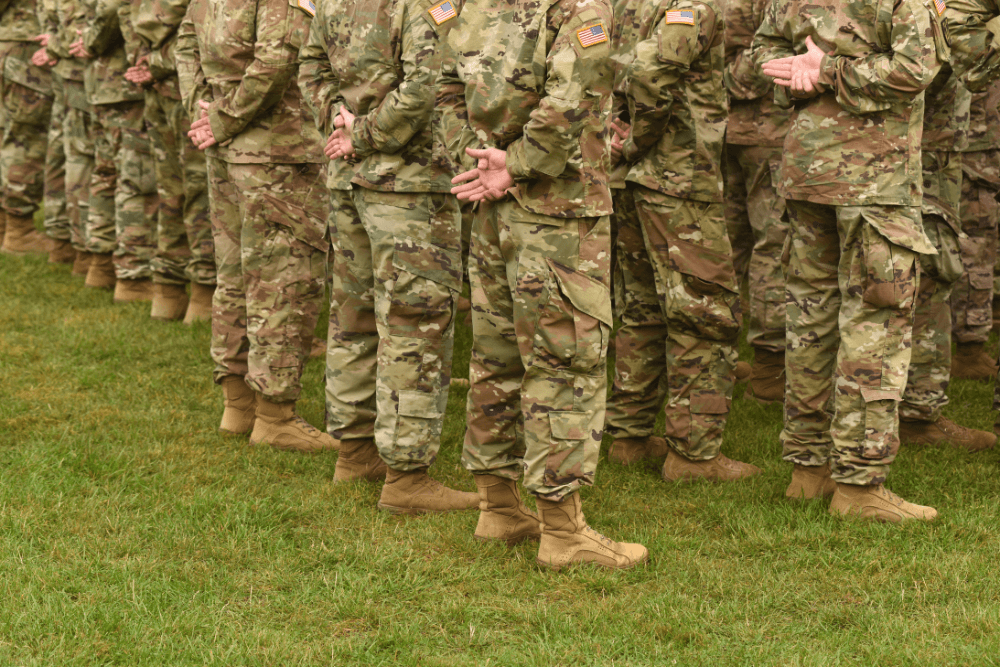Last Updated on 10/28/2025
A Practical 2025 Guide for Future Service Members
Many Americans see military service as both a calling and a career path. The discipline, education benefits, and leadership training are unmatched.
Yet one question consistently echoes among recruits: Which branch of the U.S. military is the safest?
The honest answer is that no branch is entirely safe. Military life involves discipline, physical readiness, and risk potential. Still, “safe” is a fair question — because some branches and career fields expose service members to danger far less than others.
Read our guide: What is the Highest Paying Job in the US Military
Table of Contents
What “Safe” Really Means in Military Life
Safety in the military isn’t absolute. It’s about probability and context. When people ask which branch is “safest,” they usually mean which one has:
Lower likelihood of front-line combat deployment
Roles based in secure or domestic installations
Stronger focus on technology, logistics, or support
Comprehensive safety and training systems
By this measure, “safe” describes the type of service, not the value of it. Every branch protects the nation — some do it more from behind a console than behind a rifle.
Comparing the Branches: Trends and Realities
Air Force
Historically considered the safest branch overall. The majority of airmen work in technical, support, or maintenance roles far from combat zones. Even during active conflicts, only a small fraction serve in direct combat.
Primary risks: aircraft accidents and high-pressure operational tempo for pilots and crews.
Coast Guard
Focused on homeland security, maritime law enforcement, and rescue operations. In peacetime, the Coast Guard operates mostly within U.S. waters, making it one of the least combat-oriented services.
Primary risks: severe weather rescues and sea operations.

Navy
Sailors live and work at sea — a demanding environment with its own dangers. While the Navy is less exposed to ground combat, shipboard life involves hazards such as machinery, storms, and long deployments.
Primary risks: shipboard accidents and deployment fatigue.

Army
As the largest and most combat-oriented branch, the Army faces the highest probability of exposure to conflict zones. However, it also offers thousands of non-combat and support roles that operate safely from base environments.
Primary risks: combat, vehicle accidents, and strenuous training.

Marine Corps
The Marines are designed for rapid deployment and front-line engagement. Their proud combat ethos comes with higher inherent risk, though administrative and technical Marine careers are far less hazardous.
Primary risks: front-line combat and high-intensity training.

Read our guide: Dangerous Military Jobs
Safer Career Fields Across All Branches
If your goal is to serve while minimizing physical danger, focus on non-combat specialties. These roles are vital to operations but rarely place you in direct harm’s way:
Cyber Operations & IT: Protect digital networks and data systems critical to national defense.
Finance and Budgeting: Manage payrolls, contracts, and resource allocation.
Human Resources & Administration: Oversee personnel, records, and base operations.
Medical & Dental Services: Provide healthcare to service members; work primarily in controlled environments.
Logistics & Supply Chain: Coordinate transport and delivery of materials essential for missions.
Legal Services (Paralegal): Support military justice and compliance.
Public Affairs & Media: Communicate the mission, manage press, and share official updates.
These jobs offer transferable skills for civilian careers, strong job stability, and comparatively low exposure to combat.
Read our guide: Military Resumes for Civilian Jobs
The Data Behind “Safety”
According to Department of Defense mortality reports, non-combat incidents — accidents, illnesses, and self-harm — account for most military deaths in recent years. Fatalities from hostile action have declined sharply since primary combat operations ended in Iraq and Afghanistan.
Historically, the Air Force and Coast Guard have recorded the lowest fatality and injury rates per service member, while the Army and Marines have faced the highest. Yet the differences narrow when comparing non-combat specialties across branches.
Realistic Perspective: Every Branch Carries Risk
Even the safest path requires resilience. Accidents, training mishaps, and psychological strain occur everywhere. Modern safety systems, mental health programs, and technology have dramatically improved overall well-being; however, service is never entirely predictable.
The best approach is to align your personal risk tolerance, skills, and goals. If you’re analytical, detail-oriented, or tech-savvy, a support or technical career field may fit perfectly. If you crave challenge and physical action, you’ll accept higher risk — and find meaning in it.
Bottom Line
If measured solely by casualty statistics, the Air Force and Coast Guard are often considered the safest military branches to join.
But the wiser question isn’t “Which branch is safest?” — it’s “Which branch and role best balance my skills, goals, and comfort with risk?”
In every uniform, service comes with purpose. Safety is relative, but dedication is universal.
 Linda R. Bedford
Linda R. BedfordLinda is a Professional Resume Writer and Military to Civilian Transition Specialist. Her expertise range across a large spectrum of industries. She loves coaching with people and helps job-seekers in transitioning to their next and best chapter.


The safest military branch in terms of man-to-man combat and machine-to-machine accidents is the Space Force. As for differences at the job level, in general, it is safe to say that those who work in the “admin” side of the military have fewer risks than those who don’t; infantrymen and vehicle operators are more exposed to casualties.
The Safest Military Branch must mention that is the Navy and Air Force because now boats and planes are less frequently used in combat operations, with fewer casualties than others. By contrast, if war breaks out, these two branches will no longer be the safest places.